How Do You Enter On Excel
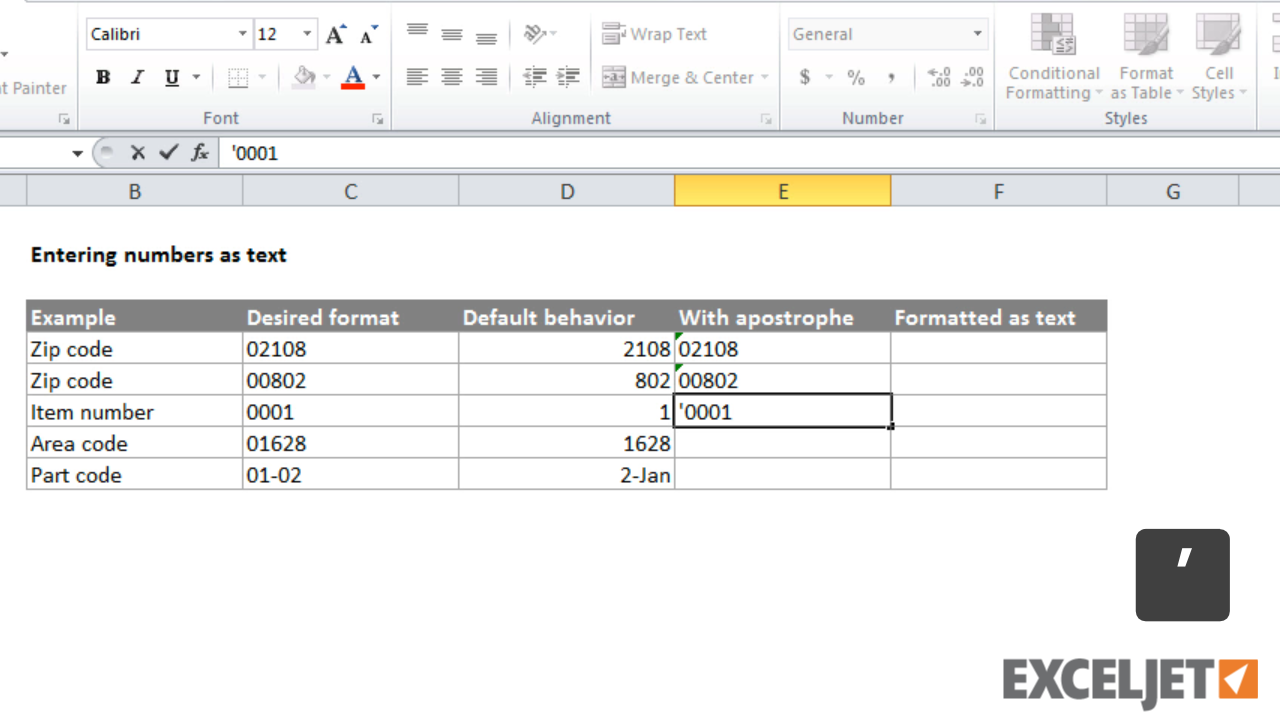
Introduction to Excel
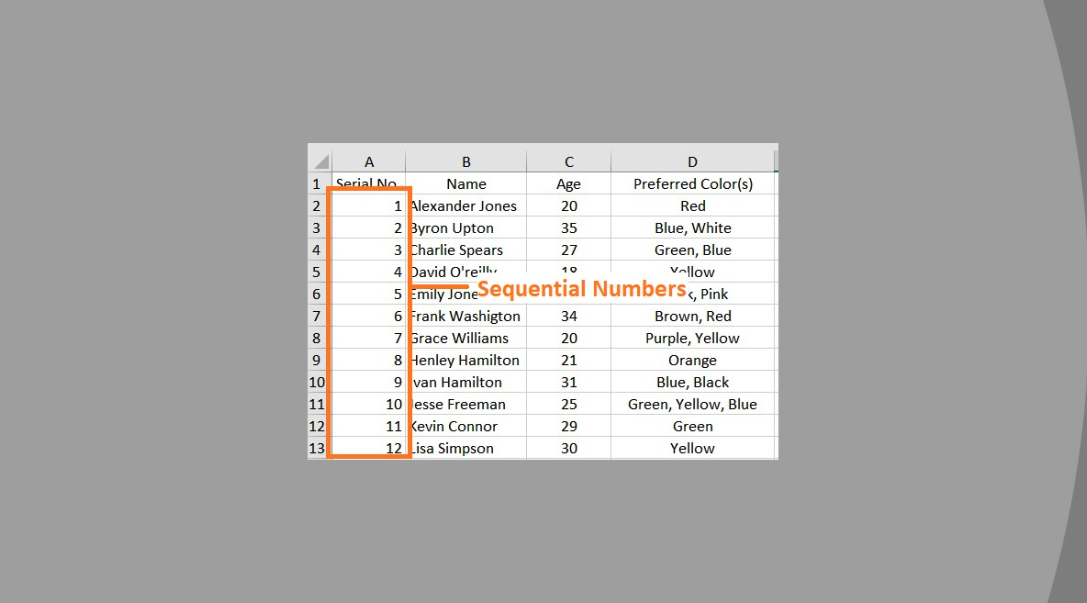
Microsoft Excel is a powerful spreadsheet software that allows users to store, organize, and analyze data. It is widely used in various industries, including business, finance, and education. To get started with Excel, it is essential to understand the basics of entering data into a spreadsheet.
Understanding Excel Interface

When you open Excel, you will see a grid of rows and columns, which is called a worksheet. The rows are labeled with numbers (1, 2, 3, etc.), and the columns are labeled with letters (A, B, C, etc.). The intersection of a row and a column is called a cell, and it is where you enter your data.
Entering Data into Excel

To enter data into Excel, follow these steps: * Select the cell where you want to enter the data by clicking on it. * Type the data into the cell, using the keyboard. * Press the Enter key to confirm the entry. * The data will be displayed in the cell, and you can move to the next cell by pressing the Tab key or the Enter key.
Data Types in Excel
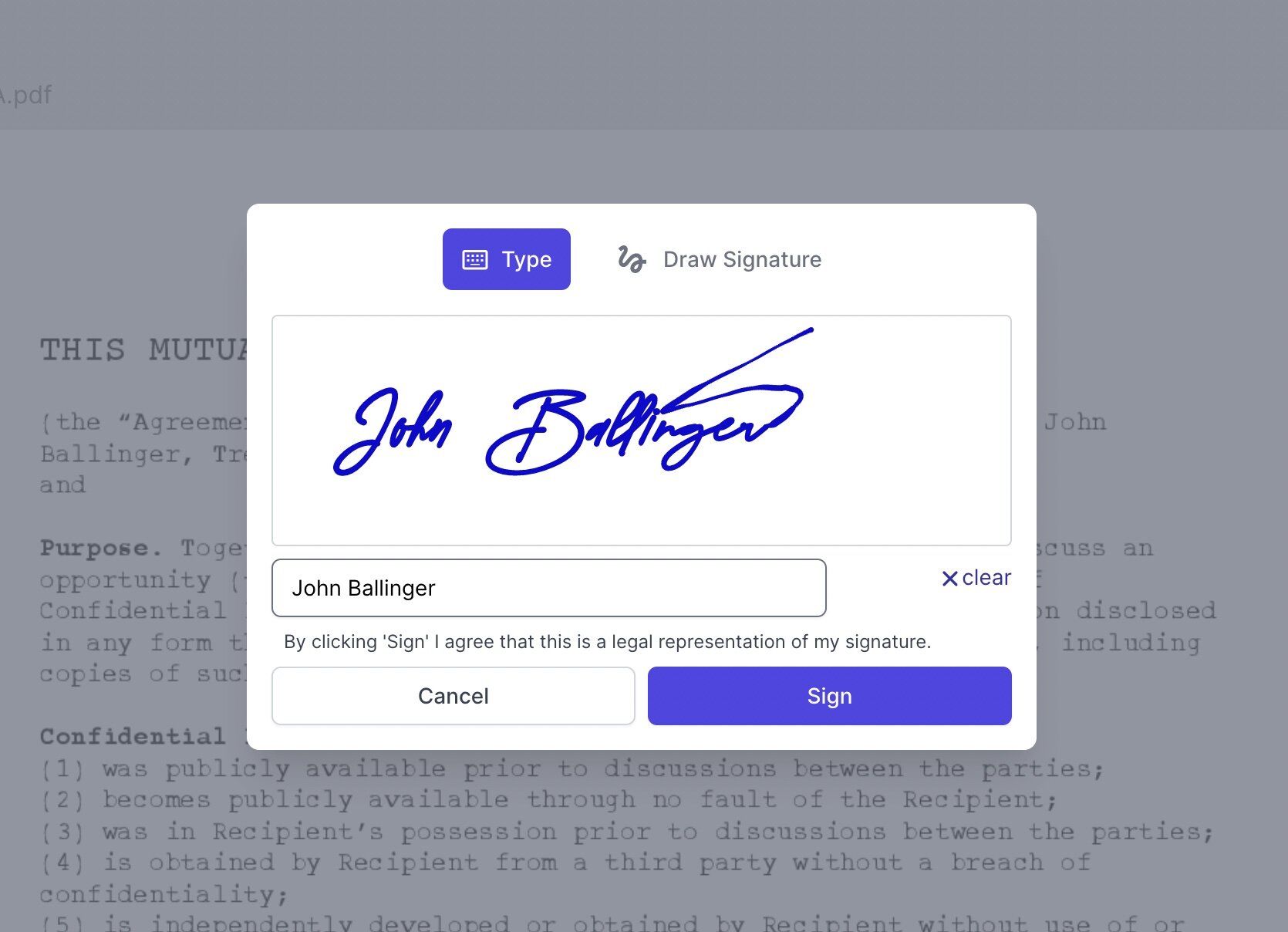
Excel supports various data types, including: * Numbers: whole numbers, decimals, and percentages. * Text: words, phrases, and sentences. * Dates: dates and times. * Formulas: mathematical expressions that calculate values.
Formatting Data in Excel
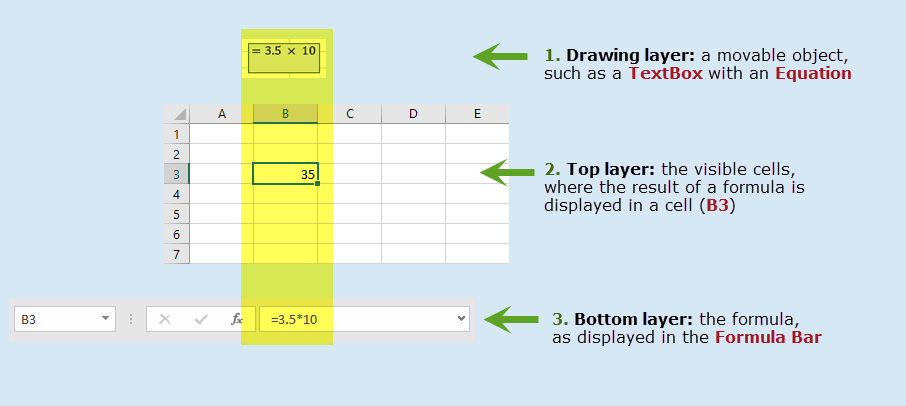
Once you have entered your data, you can format it to make it more readable and visually appealing. You can use various formatting options, such as: * Font: change the font style, size, and color. * Alignment: align the data to the left, right, or center. * Number formatting: format numbers as currency, percentages, or dates.
Using Formulas in Excel

Formulas are used to perform calculations in Excel. You can use various formula functions, such as: * SUM: calculates the sum of a range of cells. * AVERAGE: calculates the average of a range of cells. * MAX: returns the maximum value in a range of cells. * MIN: returns the minimum value in a range of cells.
📝 Note: Formulas are case-sensitive, so make sure to use the correct case when entering formulas.
Example of Entering Data into Excel
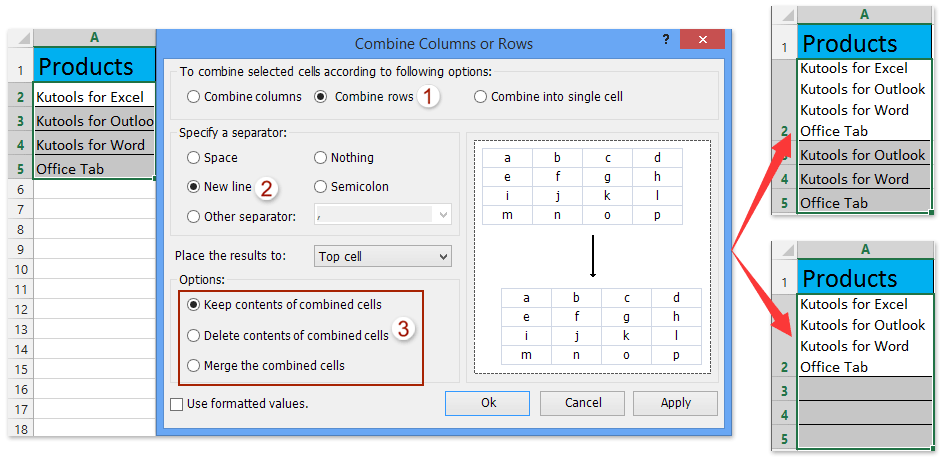
Suppose you want to create a simple budget spreadsheet. You can enter the following data into Excel:
| Category | Income | Expenses |
|---|---|---|
| Rent | 0</td> <td>1000 | |
| Utilities | 0</td> <td>150 | |
| Food | 0</td> <td>500 |

Best Practices for Entering Data into Excel

To ensure that your data is accurate and reliable, follow these best practices: * Use clear and concise headings: use descriptive headings to identify the data in each column. * Use consistent formatting: use consistent formatting throughout the spreadsheet to make it easier to read. * Check for errors: check your data for errors, such as typos or incorrect formatting.
As you become more comfortable with entering data into Excel, you can explore more advanced features, such as creating charts and graphs, using pivot tables, and working with multiple worksheets. With practice and experience, you can unlock the full potential of Excel and use it to make informed decisions and drive business success.
The key takeaways from this article are that entering data into Excel is a straightforward process that requires attention to detail and a basic understanding of the software’s interface and features. By following best practices and using the tips and tricks outlined in this article, you can create accurate and reliable spreadsheets that help you achieve your goals.
What is the purpose of using Excel?

+
Excel is used to store, organize, and analyze data, making it a powerful tool for business, finance, and education.
How do I format data in Excel?
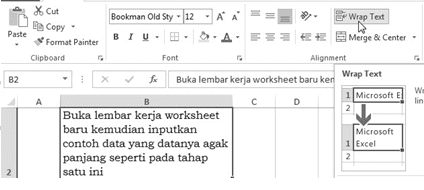
+
You can format data in Excel by using various formatting options, such as font, alignment, and number formatting.
What are formulas used for in Excel?

+
Formulas are used to perform calculations in Excel, such as summing a range of cells or calculating the average of a set of numbers.
